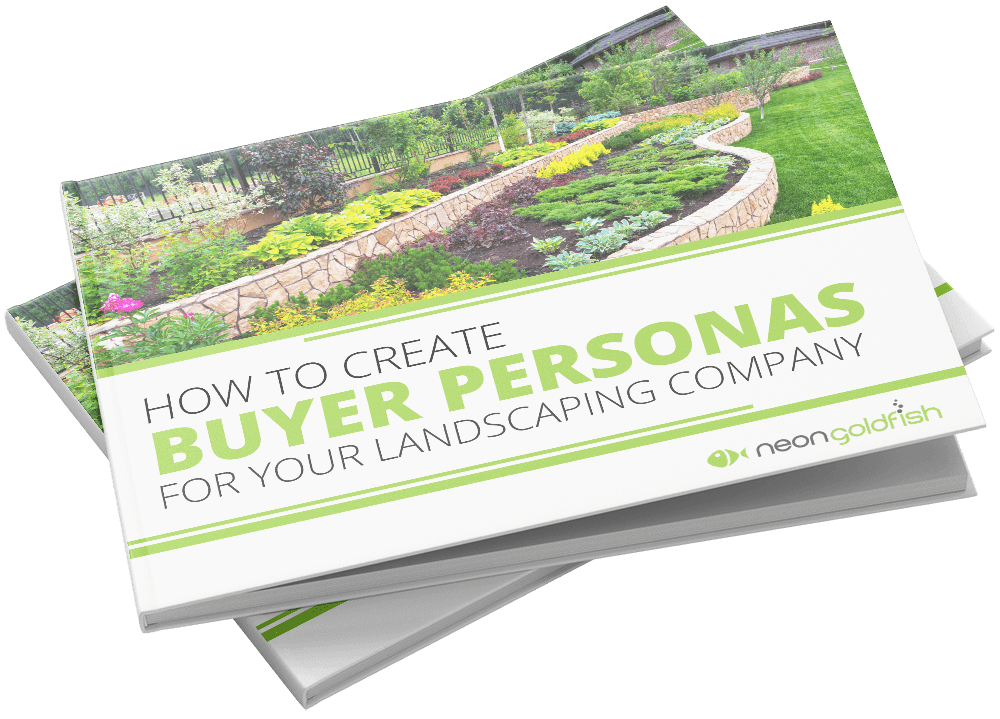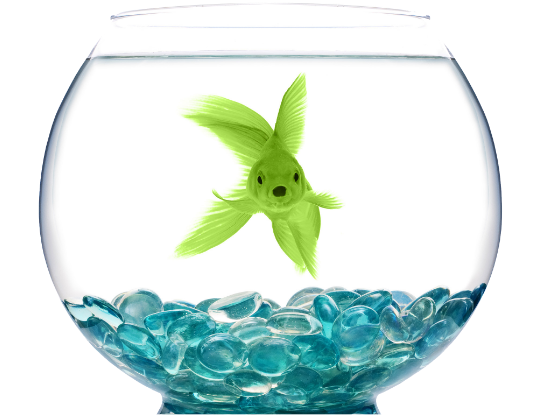2. Use Lots of Calls-to-Action (CTAs)
The action that you want the site visitor to take can be anything. Here are some examples:
- Download your eBook now
- View exclusive video content
- Schedule your consultation
- Sign up for a demo
- Begin your free trial
- Attend the event
- Receive a coupon
- Register for the webinar
These CTAs lead to additional content often in the form of a landing page containing a gated content offer they will find valuable enough to exchange information to obtain.

3. Use Content Offers to Convert Traffic into Leads
To be clear, we are still focusing on the site visitors in the Awareness and Consideration Stages of the Buyer’s Journey. This is that website traffic that is not yet ready to directly interact with us but needs more information so they can progress to the Decision Stage.
These content offers provide your site visitors with the information they are searching for to solve the problem they are having or achieve the goal they desire. They’ll find it somewhere on the internet, so why not be the one that provides it to them?
When you provide content that is helpful during the Awareness and Consideration Stages of the Buyer’s Journey, you gain a few distinct advantages over everyone else.
- You build credibility and trust with them. When you are the one providing the information they need to make their decision, you become the authority figure.
- You can influence their buying criteria. What is your competitive advantage? Is your cost lower than most of your competitors? Do you offer value that others do not? The content offers that you provide can educate potential buyers about these details that will position your company as a front-runner when it comes time to make a decision.
 Too often, these small details are seeds not planted in the beginning stages of the buyer’s journey and end up being “selling points” that we try to force into the mix during the Decision Stage. Plant seeds early and you will be surprised how much better
Too often, these small details are seeds not planted in the beginning stages of the buyer’s journey and end up being “selling points” that we try to force into the mix during the Decision Stage. Plant seeds early and you will be surprised how much better
educating potential clients will lead to a higher conversion rate.
- You passively participate earlier in their Buyer’s Journey. These content offers are usually gated, requiring the exchange of an email address to download or access the content. An email sequence can be implemented to begin once the content offer is obtained. This will be a series of emails sent to their inbox with additional information tailored to the Buyer’s Journey. This process is called Lead Nurturing and allows you to continue educating the potential client, placing your branding front and center and getting them back to your website throughout the process.
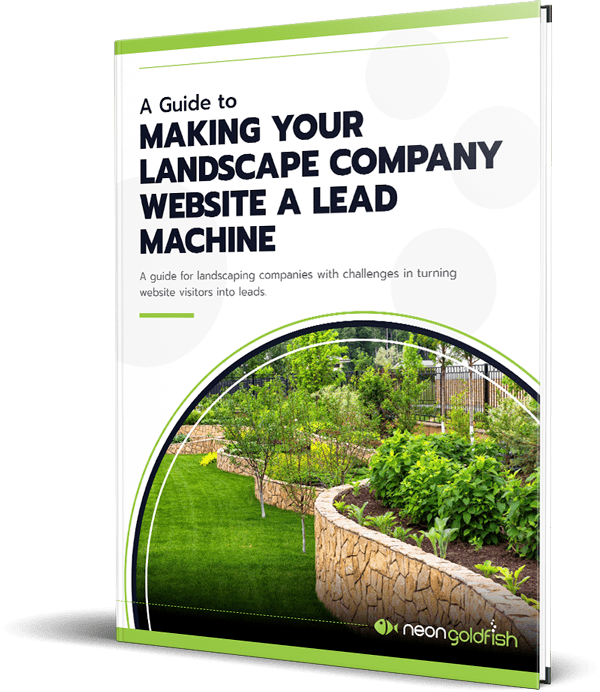

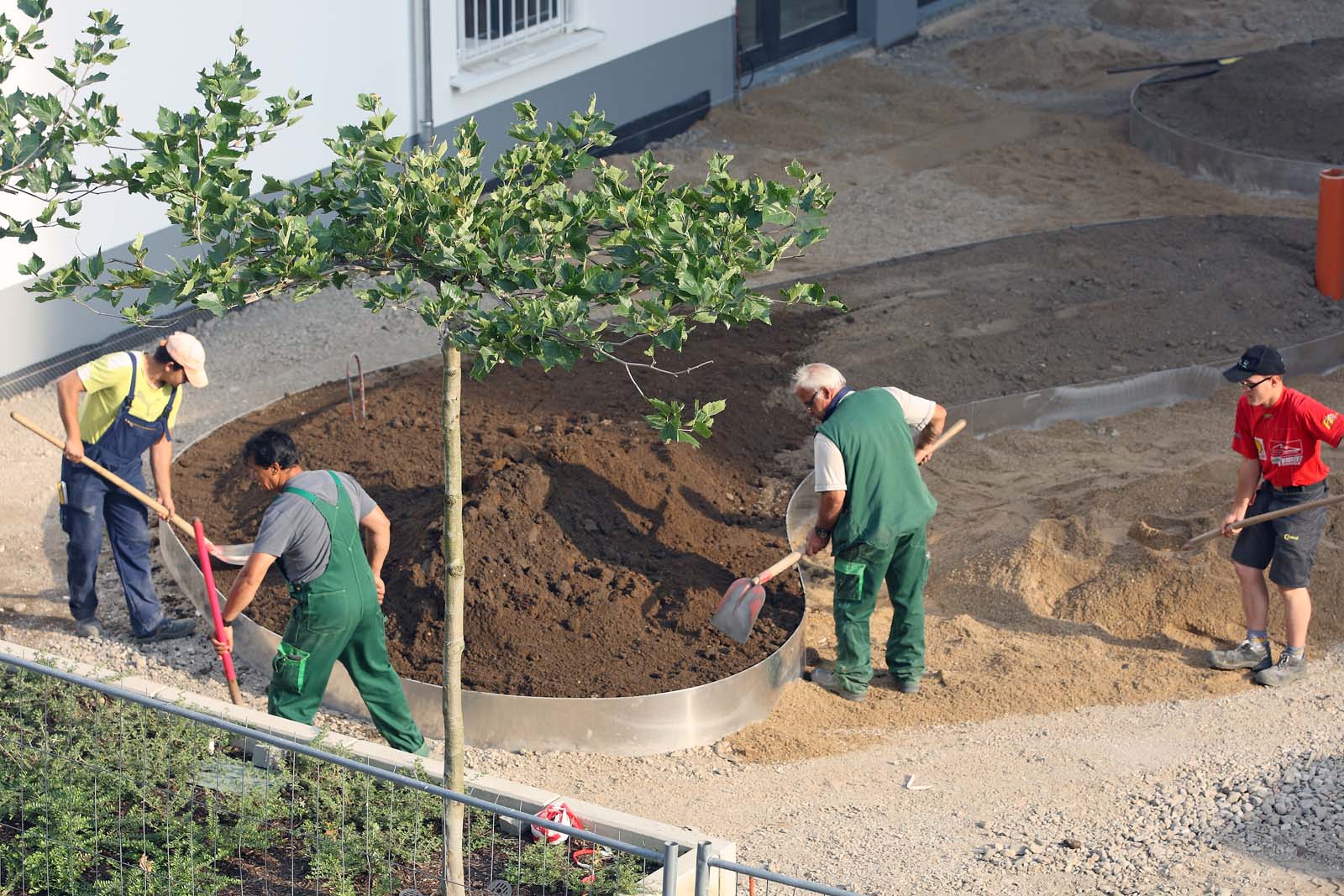
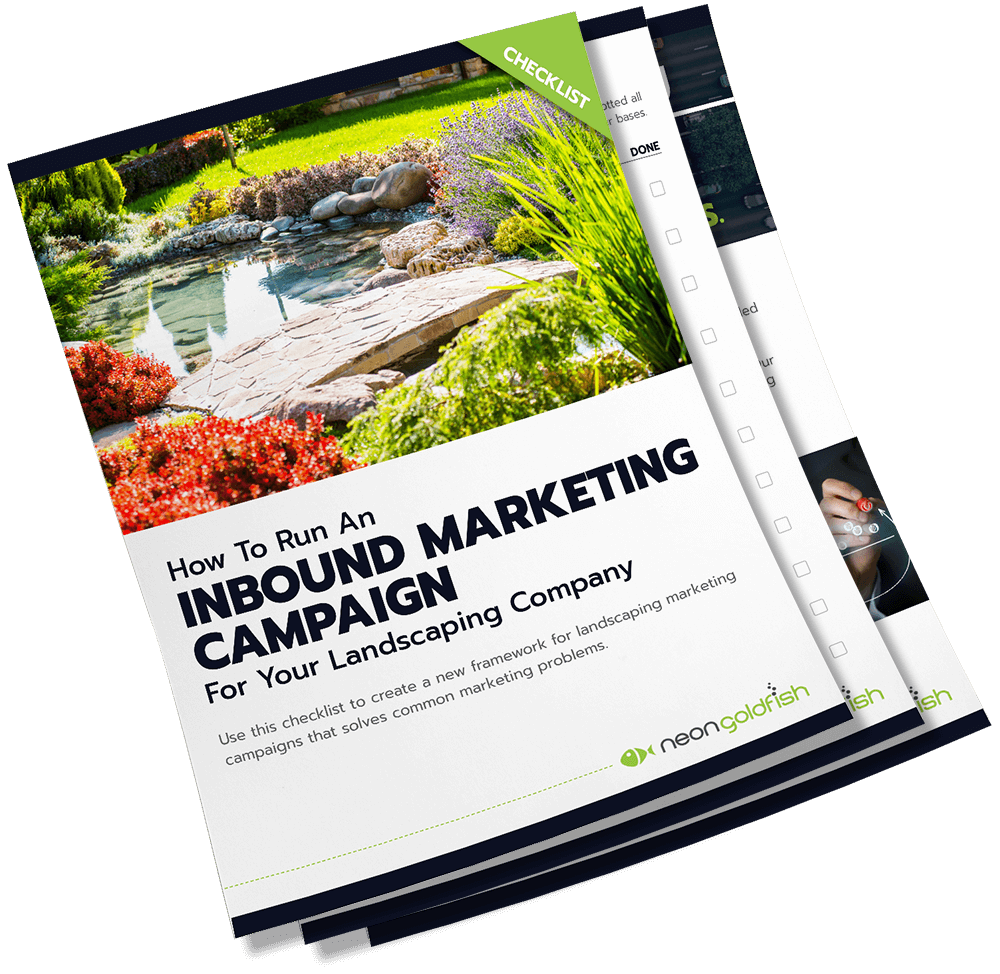
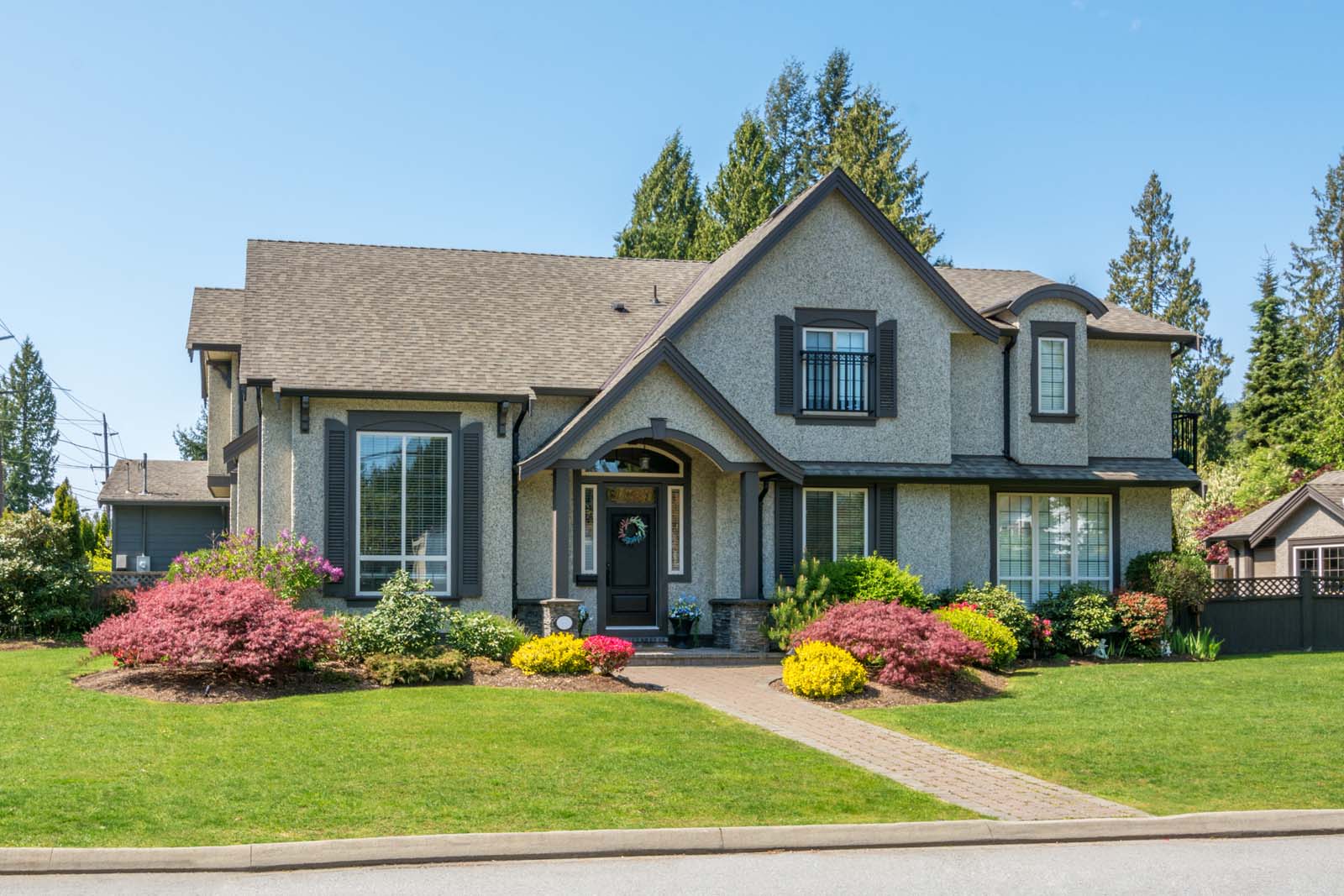


 One way to help them out is to offer an eBook to help them with their research. This not only helps potential clients figure out the best way to solve their problems, it also gives your company the opportunity to build credibility – bringing this future client one step closer to being a loyal customer.
One way to help them out is to offer an eBook to help them with their research. This not only helps potential clients figure out the best way to solve their problems, it also gives your company the opportunity to build credibility – bringing this future client one step closer to being a loyal customer.
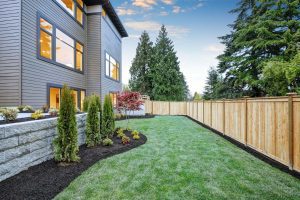
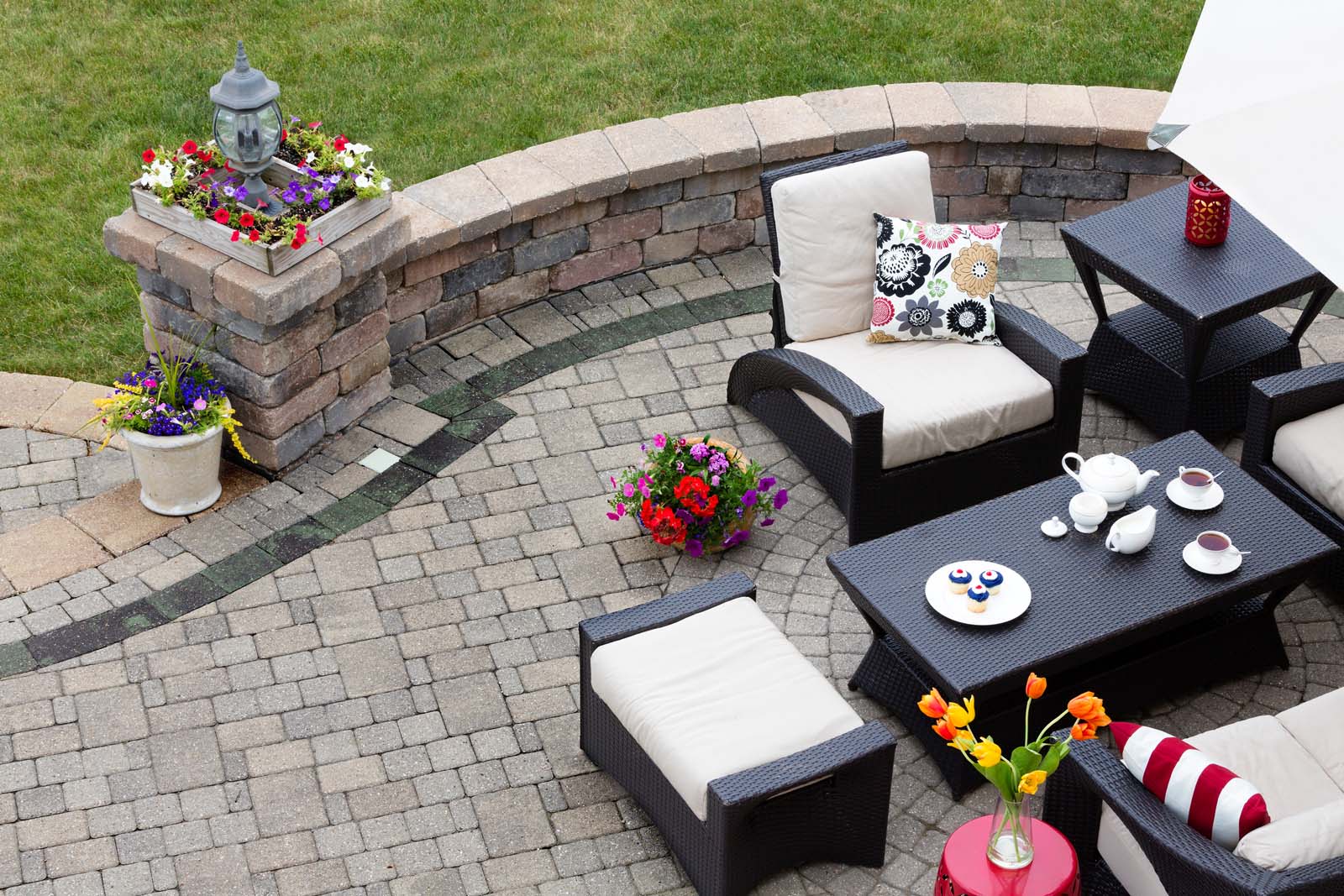

 Too often, these small details are seeds not planted in the beginning stages of the buyer’s journey and end up being “selling points” that we try to force into the mix during the Decision Stage. Plant seeds early and you will be surprised how much better
Too often, these small details are seeds not planted in the beginning stages of the buyer’s journey and end up being “selling points” that we try to force into the mix during the Decision Stage. Plant seeds early and you will be surprised how much better Infographic
Infographic

